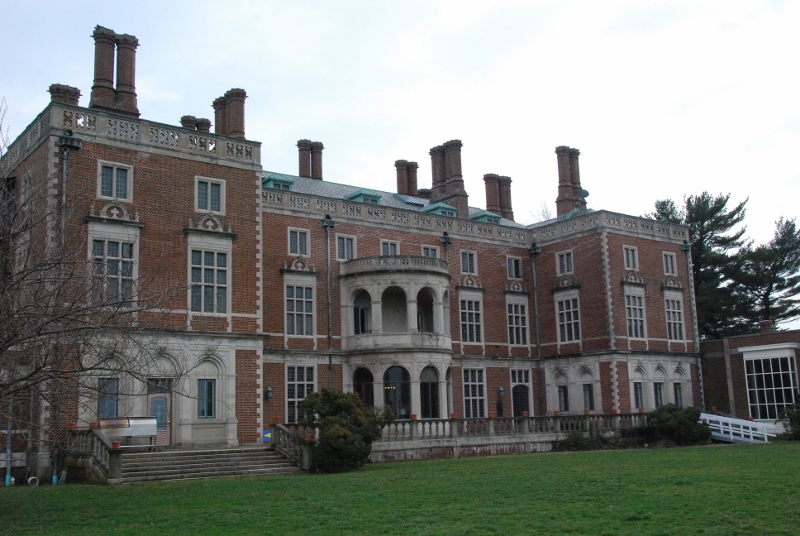Down the end of a wooded lane on Long Island’s North Shore is another one of those old mansions, relics of the Gilded Age and the days before a federal income tax. But this is a pile with a purpose.
The Webb Institute is a unique small engineering school, founded in 1889 by William H. Webb, a New York City shipyard operator widely considered to be the first true American practitioner of naval architecture.
From his yard near the site of today’s Williamsburg Bridge, Webb launched 135 vessels in the mid-19th century, ranging from the 108’x30’x12’ sidewheel tug Harriet Lane to clipper ships and the General Admiral, a massive 300-gun ship for the Imperial Russian navy.
Webb turned his talent and good fortune to another end: endowing the Webb Institute to train generations of ocean engineers. Started on the Harlem River as a combination school for young recruits and a home for retired ship designers the institute moved from the city to Glen Cove, N.Y., in 1947 when the former summer home of a Standard Oil CEO came up for sale.
Today the institute’s ongoing endowment supports 28 new freshmen every year with fully funded tuition, the equivalent of $48,350 per student. The total student population of 90 live on the former estate, each year class studying systems engineering together intensively.
“As a result we get very good students,” said college president R. Keith Michel. “They are going to work hard. It’s very rigorous.”
Along with fulfilling 146 credits in four years, Webb students work in the industry. After learning welding basics in the machine shop, freshmen go to shipyards. Second-year sophomores get sea time — four Webb students shipped to Antarctica with Maersk this season to resupply the McMurdo Station.
Juniors and seniors work with design firms. Senior Tim Siepman from Hastings, Minn., worked for yacht builders, and on Wednesday he was back in Webb’s wave tank lab, preparing the 5’ “propeller boat” to spin a new 8” ducted wheel, working toward his senior thesis.
As their four years wind up, every senior presents a thesis in the college auditorium.
“So when they get to industry, they’ve had experience presenting before 150 people," said dean Matt Werner, a Webb graduate who returned to teach at his alma mater 15 years ago.
Esprit and loyalty of Webb alumni keep the institute going, with an unusually high rate of alumni support, with some 76% of graduates contributing. The institute is more than halfway to its goal of a $40 million campaign to build the endowment — and add a new academic center, classrooms and other facilities that will be artfully incorporated into the terraced campus on Long Island Sound.
"Webb is close to attaining the campaign goal with more than two years left ... this successful campaign will enable Webb to build a new academic center and grow its endowment," Michel said in a followup email today. "A strong endowment ensures that Webb can maintain its full tuition scholarship program for future generations."





